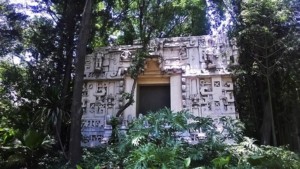This past fall semester I had to opportunity to study abroad in Mexico City. There I attended the National Autonomous University of Mexico (UNAM), which is the largest university in Latin America. Moving from Eugene, Oregon to Mexico City was quite the experience. I remember getting on the plane to go to Mexico City on July 30th, my eyes were red from tears falling down my cheeks. I was scared and sad to be so far away from home in a big city where I did not know anyone. I remember praying that the five months I would spend in Mexico City would go by fast so that I could return to Oregon and be surrounded by the familiar things I grew up with. 
Back to where it all began → Mexico
In the year 2000 my family immigrated to the United States from a small town in the state of Michoacan called Patamban. At the time I was barely 5 years old, therefore my memories of living there had faded over time. I chose to go to Mexico because I wanted to experience first hand what it was like to live in Mexico, especially in a big city. While in the United States I have only lived in Newberg, Oregon which has a population of nearly 23,000 people and Eugene which is significantly bigger than Newberg but nowhere near the almost 20 million people that make up Mexico City.
Mexico City Spanish
Spanish is my first language but because I had to juggle with learning English as well at an early age I tend to be more comfortable with speaking Spanglish. Therefore when I arrived in Mexico City I felt intimidated by all the other spanish speakers. First of all they spoke a lot faster than I was used to hearing. Throughout the spanish courses I have taken at the UO my peers and professors have repeatedly mentioned that I speak very fast in spanish, but it was nothing compared to people in Mexico City. Secondly, my family comes from a more rural area in Mexico, therefore I grew up hearing different slang than the one they use in Mexico City. It amazed me how the Mexicans in the city had several different expressions for one word. For example the word “aguas” which translates to “waters” can mean to “duck down” or to be careful. Being in Mexico City I got to learn a lot of the slang and although it was difficult to understand at first, I can now comfortably use them. My speaking Spanish language consistency definitely improved while studying abroad, however I also learned to be proud of my Spanglish, because at the end of the day it demonstrates the influence both the Mexican and Northwest have had on my life.
Pan De Muerto and Day of the Dead
One aspect about studying abroad that I was excited for was getting to eat all sorts of Mexican food. As a vegetarian, at first it was challenging to find places that would accommodate to my dietary needs but then I discovered vegetarian tacos and other kinds of foods that did not have meat in them. One of my favorite traditional foods was “Pan de Muerto”. Pan de Muerto is round wheat or flour bread that is made around the Dia de Los Muertos holiday. This holiday is also known as Day of the Dead and it happens November 1st and 2nd and it is a way for people to celebrate their loved ones as well as the afterlife. For the Day of the Dead I went to a small town called Mixcoac which is on the edge of Mexico City. I was amazed when I arrived to this small town because there was all kinds of foods and people dressed up in traditional dresses and painted faces. Previously I had already tried the Pan de Muerto but it did not compare to the hot, sweet freshly baked bread that I ate in Mixcoac. While in Mixcoac I also got to visit the graveyards where people visited their loved ones. The people had chairs by the graves as they sang, ate food, drank tequila and just overall had a good time. There were also several mariachi groups which was great to see and hear. My favorite part of this holiday was seeing people coming together to honor their ancestors in such a celebratory way, which is not common in the United States.
Dancing → Bachata, Salsa and Cumbia
I can not write about my experience abroad without talking about dancing. While studying at the UNAM I decided to take bachata classes. Bachata is a partner dance that originated in Dominican Republic. It is very popular amongst the Latino community, but I had never had the opportunity to take any classes while in Oregon. Additionally I wanted to meet new people so I signed up for the class at the UNAM campus. Without a doubt that was the best decision I made while at the UNAM. Before I knew it I found myself surrounded by an amazing group of friends who encouraged me to sign up for salsa and cumbia classes. What started out as an extracurricular activity soon became my favorite part of the day. I was taking dance classes five days a week and some days up to three hours a day. Slowly my dancing skills improved and I was able to go out to the clubs and local dance gatherings in Mexico City. Dancing is such an important part of Mexico City’s culture and this enabled me to connect to other cultural aspects. As I mentioned previously I made a lot of Mexican friends through these dance classes and this was important to me because I wanted to interact with students who grew up Mexico City.
On December 24th I got on a plane in Mexico City and headed back to Oregon. This time around, I couldn’t help but cry. I cried because I had fallen in love with Mexico as a whole and especially Mexico City. I realize it sounds so repetitive to say “Studying abroad changed my life” but it is true. I believe that Mexico City was the ideal place for me because it helped me be more independent, improved my Spanish and opened my eyes to career opportunities I had not considered in the past. I am thankful for all those who supported me on my journey to study abroad, I can honestly say I couldn’t have done it without you all. If you have are considering studying abroad take the next step and talk to an advisor. Trust me, you won’t regret it.
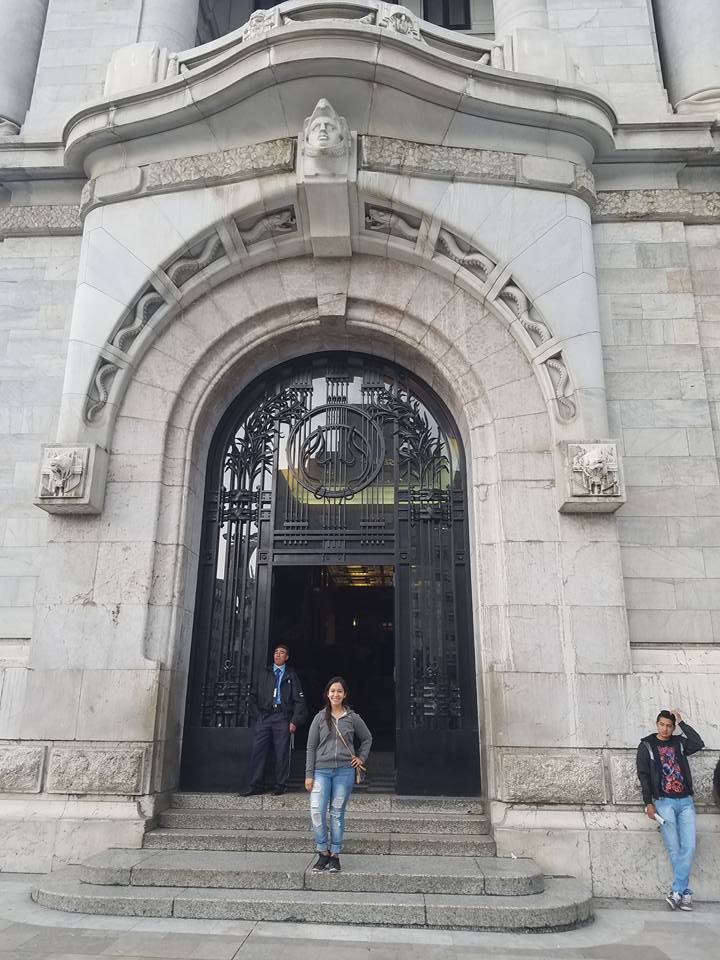 Jules Martinez-Plancarte, Fall 2016
Jules Martinez-Plancarte, Fall 2016
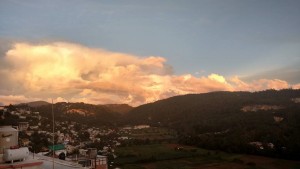
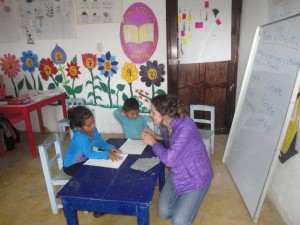

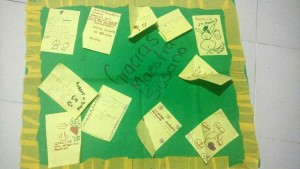
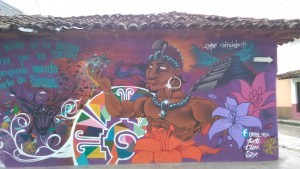
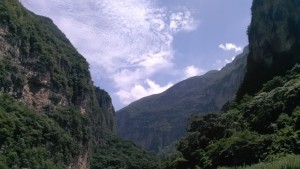

 adventure so far from friends and family. I wandered and saw the cathedrals and was amazed by the size and the ornate architecture. We have nothing like the buildings and plazas here in Oregon that are the beating heart of Mexico cities. It was an experience that changed my life. I feel more confident and self assured. People have been saying I am more myself, solid in who I am and what I want out of life. I believe that studying abroad is the most important part of a University education. It widens a person’s outlook on the world in ways staying in the USA does not. Yes I learned a language and yes I got college credits, but for me the most important thing I came back with is something unexplainable within me.
adventure so far from friends and family. I wandered and saw the cathedrals and was amazed by the size and the ornate architecture. We have nothing like the buildings and plazas here in Oregon that are the beating heart of Mexico cities. It was an experience that changed my life. I feel more confident and self assured. People have been saying I am more myself, solid in who I am and what I want out of life. I believe that studying abroad is the most important part of a University education. It widens a person’s outlook on the world in ways staying in the USA does not. Yes I learned a language and yes I got college credits, but for me the most important thing I came back with is something unexplainable within me.